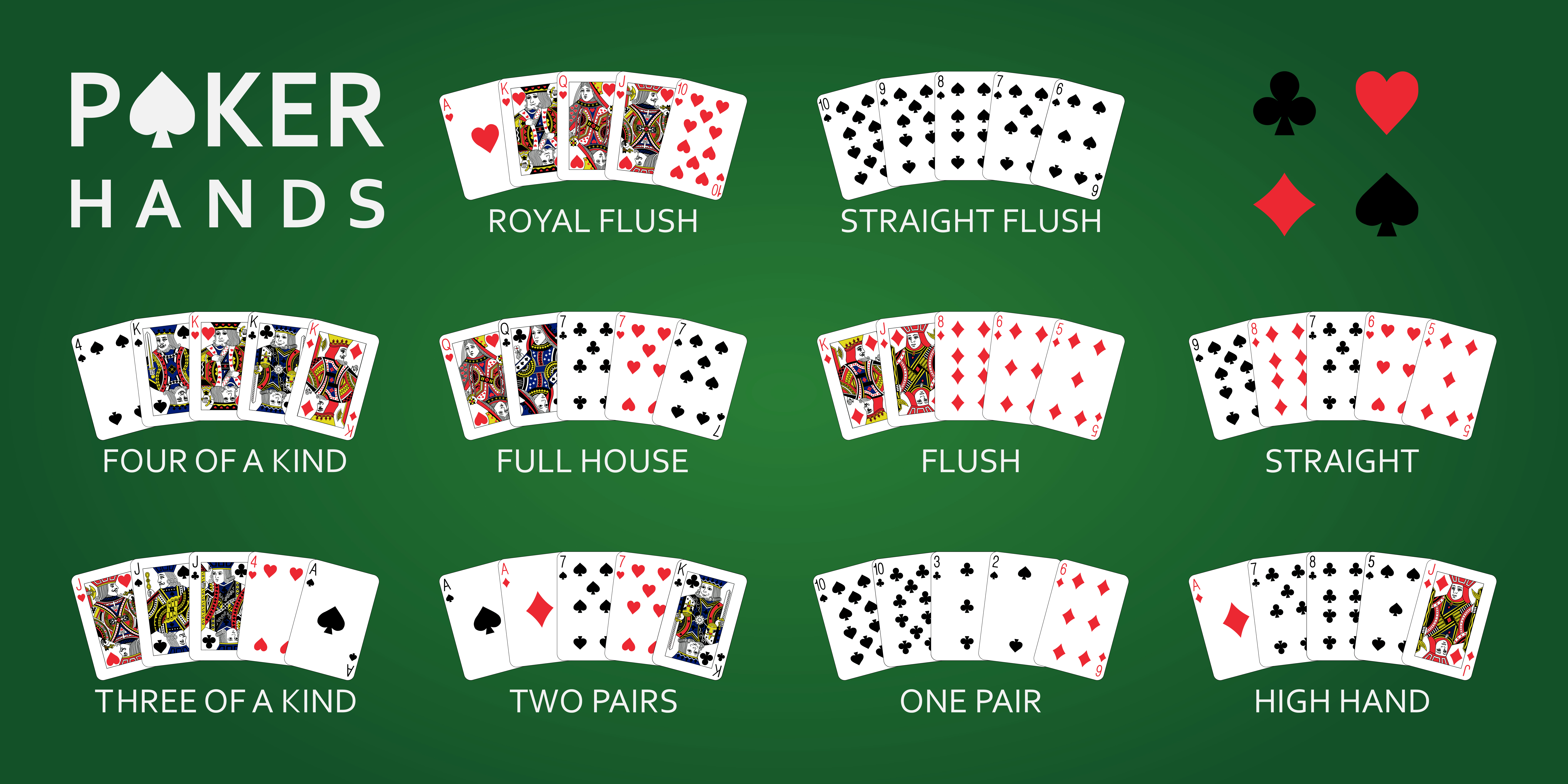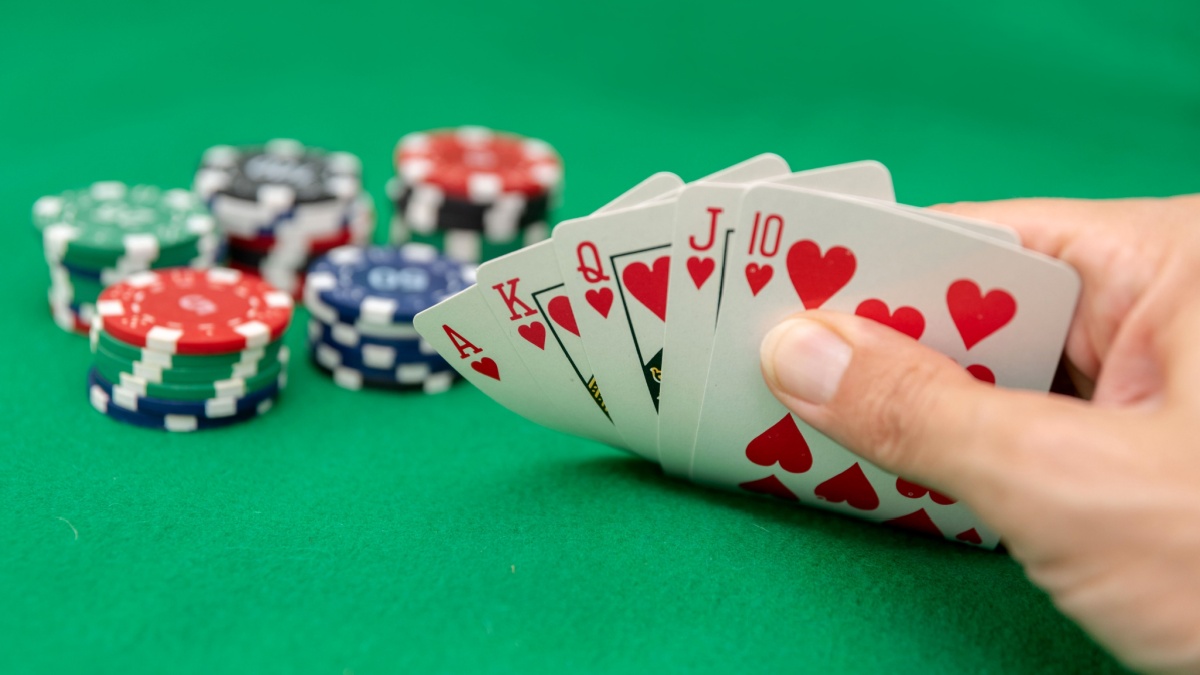
Poker is one of those games where logic, attention, and composure determine everything. You cannot rely solely on luck. Every decision is calculated, and behind every winner are hundreds of thousands of hands played.
Today, it is not just entertainment but a sport with tournaments, rankings, and professional players around the world. Many start playing poker to train their memory, enhance analytical thinking, and learn to control emotions. Moreover, poker is often found online, on platforms like CoinPoker.

How to understand poker if you have never held cards in your hands and do not know what "pre-flop" is?
It is enough to know the rules and master the basic strategies. The main thing is to start with a solid foundation, choose a platform where you can practice, and not risk in case of loss. This way, you can gradually build a systematic understanding of this discipline.
Next, we will discuss how to learn to play poker, what you need to know about the rules, and why this game has more in common with chess than with roulette. We will also look at where to play poker best in 2025.
Where to Play Poker in 2025
Today, poker is available in a new format — online. You can play, learn, and analyze hands at any time from a laptop or phone. Besides, not all places still have poker clubs.
The main thing is to choose a quality platform. Without hidden algorithms, with transparent rules and control over funds. There are many sports platforms on the internet. But not all provide fair play. Some have overly complicated interfaces, while others have inflated fees or strange payout systems. Therefore, when choosing a platform, you should primarily look for transparency, convenience, and security, rather than bonuses if you plan to take poker seriously.
One such project is CoinPoker. A modern platform built on blockchain technology. It is created "by players for players" and is designed to be as transparent as possible. The mechanism for fair card dealing deserves special attention. CoinPoker uses a decentralized random number generator, where players themselves participate in shuffling. It also operates on the principle of Community Contributions: instead of taking fees, the platform returns them to participants in the form of bonuses, leaderboards, and overlays in tournaments.
CoinPoker operates on the USDT stablecoin. Therefore, you don't have to worry about the volatility of cryptocurrency rates. Deposits and withdrawals are instantaneous. BTC, ETH, USDT, USDC, as well as Apple Pay and Google Pay are supported. The average deposit range starts from $20, and withdrawing Bitcoin takes from a few minutes to a couple of hours. All transfers are protected by cryptographic security, so you control the funds.

The platform is suitable for those who want to learn to play poker from scratch while gaining real experience. You can start with low limits, try Texas Hold'em, Omaha, or Pot-Limit Omaha, track statistics, and participate in daily or weekly rankings. The chance of making it to the top is higher here due to the relatively small player pool.
There is also a bonus system. For every 1000 USDT wagered, the platform provides a ticket. With it, you can participate in a weekly lottery and win up to 1000 USDT to your account.
CoinPoker is available worldwide, licensed by the government of Anjouan (Comoros), and fully complies with security and fairness requirements for games.
What is Important to Know at the Start
If you are just starting to understand poker, do not rush to sit at a money table right away. You can learn the rules in an evening, but to play profitably, you need to train your observation and cold calculation.
1. Start with the Rules
Study the popular variant of poker — Texas Hold'em. The essence of the game is as follows: each player has two cards in hand, and five more are gradually revealed on the table. Your task is to collect a combination of five cards from the seven available that is stronger than your opponents'.

Cards have a strict hierarchy:
- Set, pair, two pairs (three identical cards);
- Straight — five different cards in sequence;
- Flush — five cards of the same suit;
- Full house — three of a kind and a pair;
- Four of a kind, straight flush, and royal flush — the rarest combinations (more on them below).
Four of a kind (Four of a kind) is four identical cards by rank, for example, four queens or four tens. The fifth card, not related to the combination, is called the kicker and is used if several players have matched four of a kind by rank.
Five cards of the same suit in sequence are called a straight flush. This combination is rare and very strong because it combines the power of a straight and a flush simultaneously.
A royal flush is the absolute pinnacle of poker. It consists of 10, jack, queen, king, and ace of the same suit. The probability of collecting such a combination is negligible — about 1 in 650,000 hands, so seeing a "royal" at the table is an almost legendary event.
It is quite easy to remember them. It is important to learn to assess the situation in context: even a strong combination loses value if you are facing a "dangerous table." This is a situation where the possible combinations of cards on the table may surpass yours. In such cases, it is essential to be able to "read the field": what hands opponents might have, who is showing aggression in betting, and who is behaving cautiously.
For example, you have collected a strong combination of Set (three identical cards). It seems that this is almost a guarantee of victory. But if there are three cards of the same suit in front of you, there is a risk that your opponent has a Flush (five cards of the same suit). Or if, say, 7-8-9 are revealed, there is a high probability that someone has made a straight (five consecutive cards).
Understanding context is what distinguishes a novice from an experienced player. A novice rejoices when they see a Set and goes "all-in." A professional will stop, analyze the opponents' moves, and possibly fold their cards, preserving their chips. Hence the next recommendation.
2. Control Your Bankroll
Even if you feel that you understand the mechanics of the game, never risk your entire amount at once. This is one of the common mistakes beginners make.
Experienced players determine their bankroll in advance — this is your "gaming fund" that is allocated solely for playing and does not overlap with personal expenses. For example, if you have $1000, you decide that you are only willing to use $300 for poker. This amount is divided into 20-30 parts. Thus, each session should not exceed $10-15.
When you divide the amount into many parts, you protect yourself from emotional decisions. After a loss, there may be a desire to "get back" and recover the money. But in an emotional state, you can lose focus and lose everything.
Poker Rules Using Texas Hold'em as an Example
To feel confident during the game, it is important to understand the overall logic. Let's break it down using the popular variant of poker.

In classic Texas Hold'em, between 2 to 9 people play at the table. Each has their chips, which are used for betting. The goal is simple: to collect the best combination of five cards or force the other players to fold.
The game is divided into four main stages. At each stage, the player makes decisions: to continue playing, raise the bet, or fold.
1. Pre-flop — the beginning of the hand.
The pre-flop represents the starting stage of the hand. At the very beginning, each participant is dealt two cards, which are commonly referred to as pocket cards. Immediately after this, the first round of betting begins — the pre-flop.
Even before the hand starts, two players make mandatory bets: the player to the left of the dealer posts the small blind, and the next player posts the big blind. These bets ensure that there are funds in the pot for which the battle will unfold.
After placing the blinds, the first to act is the player to the right of the one who posted the big blind. This position is known as under the gun (UTG) because the participant has to make a move without information about the intentions of the other players.
In this situation, the player has several options:
- to fold and not continue playing if their pocket cards seem weak;
- to call, putting in an amount equal to the big blind;
- to raise, thus gaining a certain advantage in the game.
Next, the turn passes to the next participant in a clockwise direction. After all players determine their strategy and make a decision, the first round of betting ends, and the game moves to the next stage.
2. Flop — the first community cards.
Now three community cards are revealed on the table. This is the flop. Each player sees more information and can assess their chances of improving their hand.
For example, if you have an ace and a king, and the flop shows a queen, jack, and ten, you have made a straight — one of the strong combinations. But if the cards do not match in suit and do not form connections, the hand remains weak.
After the flop is revealed, the second round of betting takes place. Some players place bets, while others check. You can already win here if the other players fold.
3. Turn — the moment when you can win.
On the turn, the fourth card is revealed. Now it becomes clear who has chances for a straight, flush, or full house. Often, the fourth card decides the fate of the entire hand.
For example, you have two spades, and two spades came on the flop. A new card is revealed on the turn. Now you have a flush. You can play aggressively.
Players bet again. Usually, the amounts become larger.
4. River — the final card.
The last, fifth card is revealed on the river. After this, it is no longer possible to improve the hand. Only the final round of betting remains.
Now everyone assesses whether to make the last bet, bluff, or simply wait for the showdown.
In the showdown, everyone who has not folded reveals their hands. The one with the stronger combination wins. If the combinations are the same, the pot is split.
For example, you and your opponent reach the river. You have two pairs, and he has a flush. He takes the pot. Another time, it may be the other way around, and your flush will bring you victory.
Positions at the Table
It is important to understand what each position at the table means. This directly affects the strategy of the game. Some must act first and take risks, while others can observe and make decisions later.
There are three main positions at the table:
-
Button — the dealer's position. The player on the button acts last in all betting rounds except the pre-flop. This is the most advantageous position because you can see how others act and make decisions with maximum information.
After each round, the button moves clockwise.
-
The player to the left of the button is called the Small Blind. Before the cards are dealt, he makes a mandatory bet, usually equal to half the minimum bet at the table. After the flop, he always acts first.
-
Big Blind — the next player after the small blind. His bet is double that of the small blind. In the pre-flop, he acts last, but in all subsequent rounds, he is one of the first.
The remaining positions at the table are divided into:
-
Early Positions — these are players who act immediately after the big blind. They have a harder time because they must act first.
-
Middle Positions — they come after the early positions and have a bit more information.
-
Late Positions — these are the button and the player before him. They act last and see how others play. This gives them an advantage.
When you understand how positions and rounds are structured, poker stops seeming like a chaotic game. You think more about each step, learn to make decisions: when to enter the hand, whom to read, where the risk is justified, and where it is better to retreat.
Why Poker is a Sport
Poker is often confused with gambling. But there is a fundamental difference between them. In a casino, you depend on luck; roulette does not care about your experience and logic. In poker, thinking matters. It is not about what cards are dealt but how you play them.
The main difference between poker and roulette is that you play against people, not the casino. It is a competition of minds. And the one who can think coolly and make decisions under pressure wins.
In addition, during the game, you assess odds, count combinations, and read opponents' behavior. This trains the brain just as well as chess. Professionals develop their skills for years. They study mathematical models, understand the psychology of human behavior, and analyze played hands.
Emotions in poker are a separate story. Anyone who has ever wanted to "get back" knows how important it is to be able to stop. Self-control is what distinguishes a player from a gambler.
FAQ
Can you learn to play poker on your own?
Yes, the internet is full of free materials. The main thing is to practice regularly: try to play, analyze mistakes, and watch hands of experienced players.
A convenient option is to start with platforms like Coin Poker, where you can practice with minimal stakes and see statistics of your games.
What should a beginner in poker know?
The basics. What combinations of cards exist, how betting occurs in pre-flop and post-flop, and why positions at the table are important. But equally important is the ability to wait, not chase every hand, and keep emotions under control.
How much time do you need to learn to play poker?
It all depends on the goal. To play poker confidently from scratch, a couple of weeks of theory and practice is enough. However, to win consistently, you will need to invest time, just like in sports. Analyze hands, study strategies, and track your statistics.
What is the easiest poker?
Texas Hold'em is suitable for beginners. It is the most common variant for learning poker. The rules are intuitive: two cards in hand, five on the table, and you need to collect the best combination of five. It is easier to understand the logic of betting and game strategy with such variants.
Paid publication.















Leave a comment